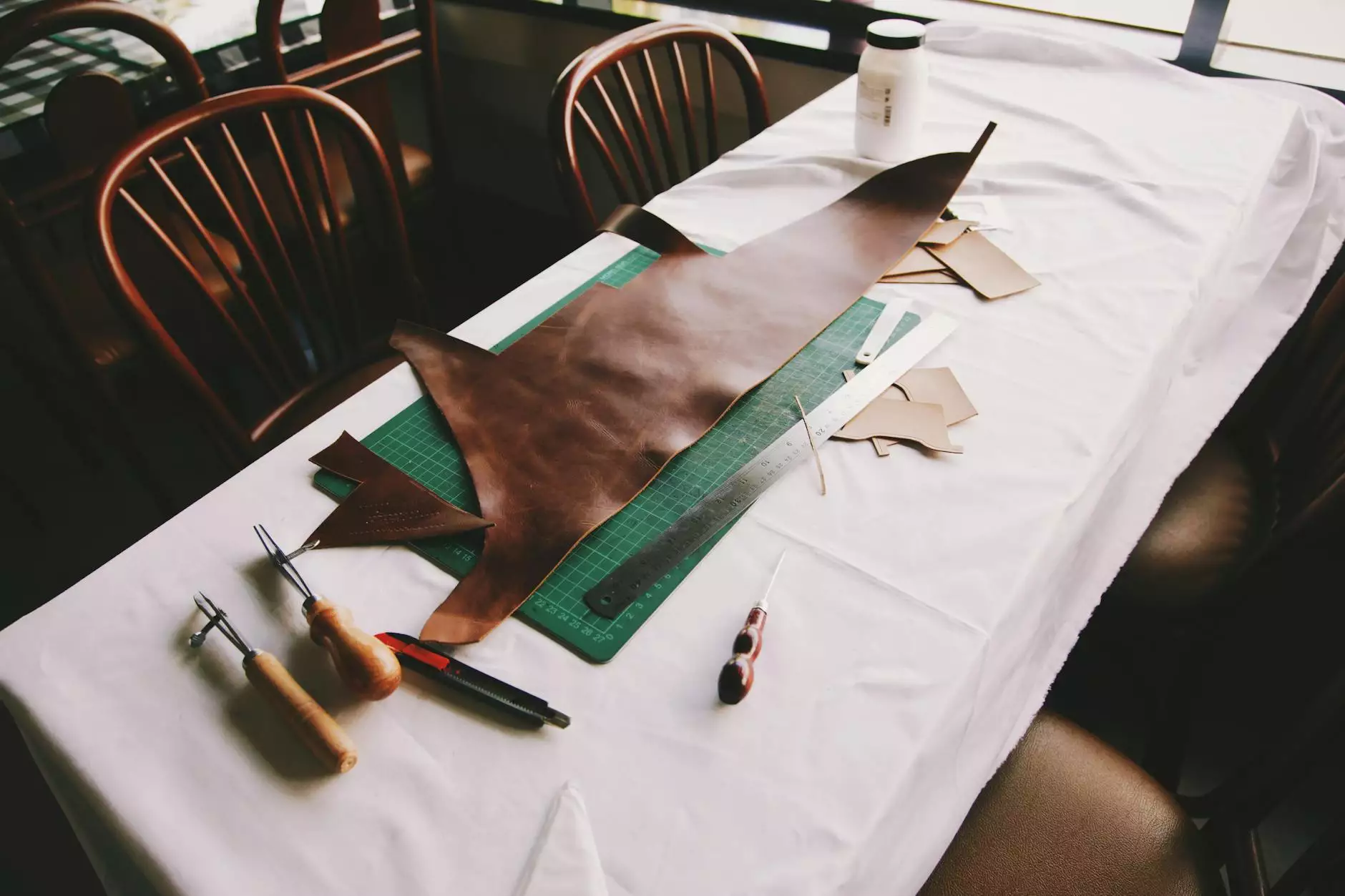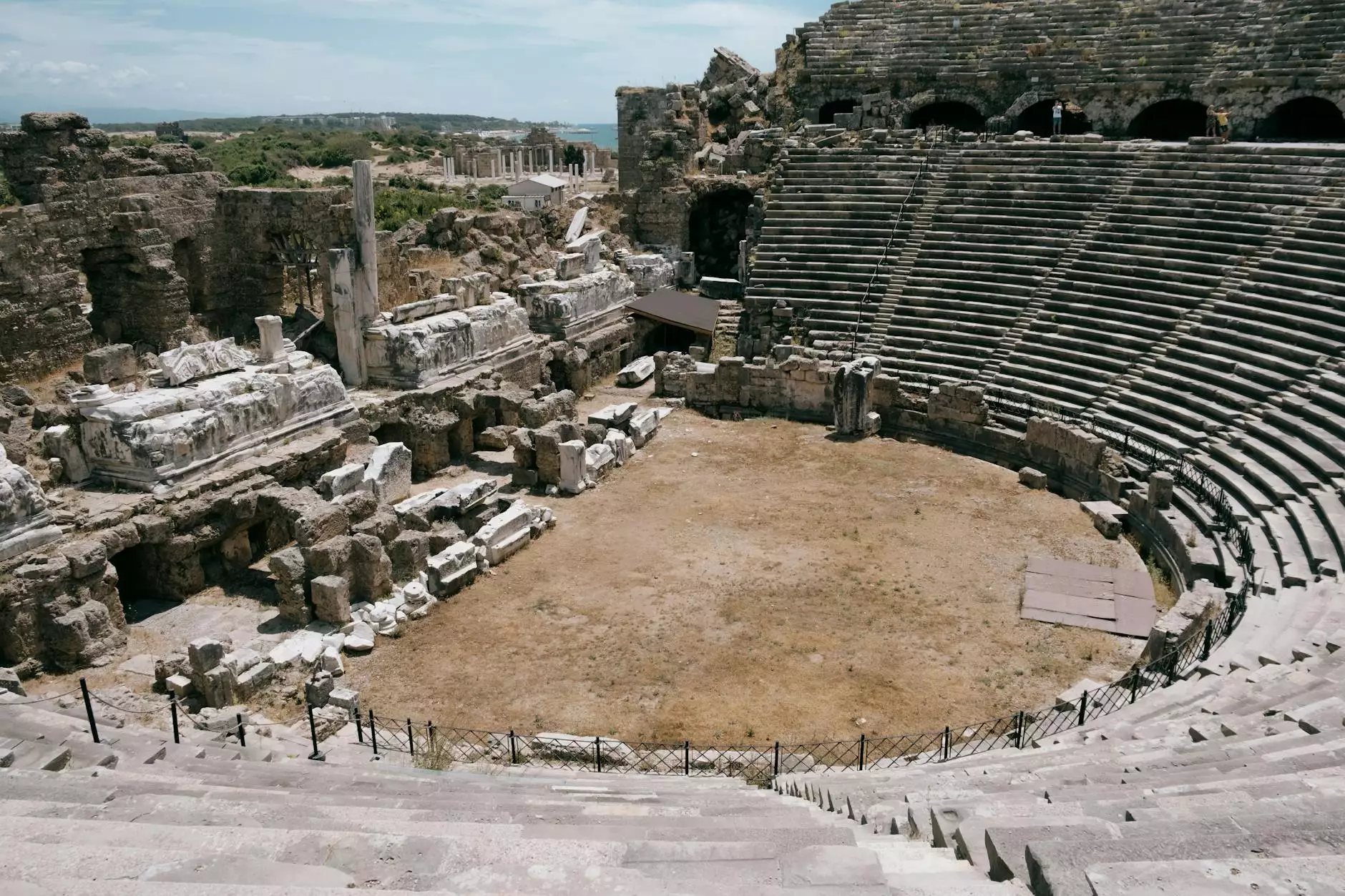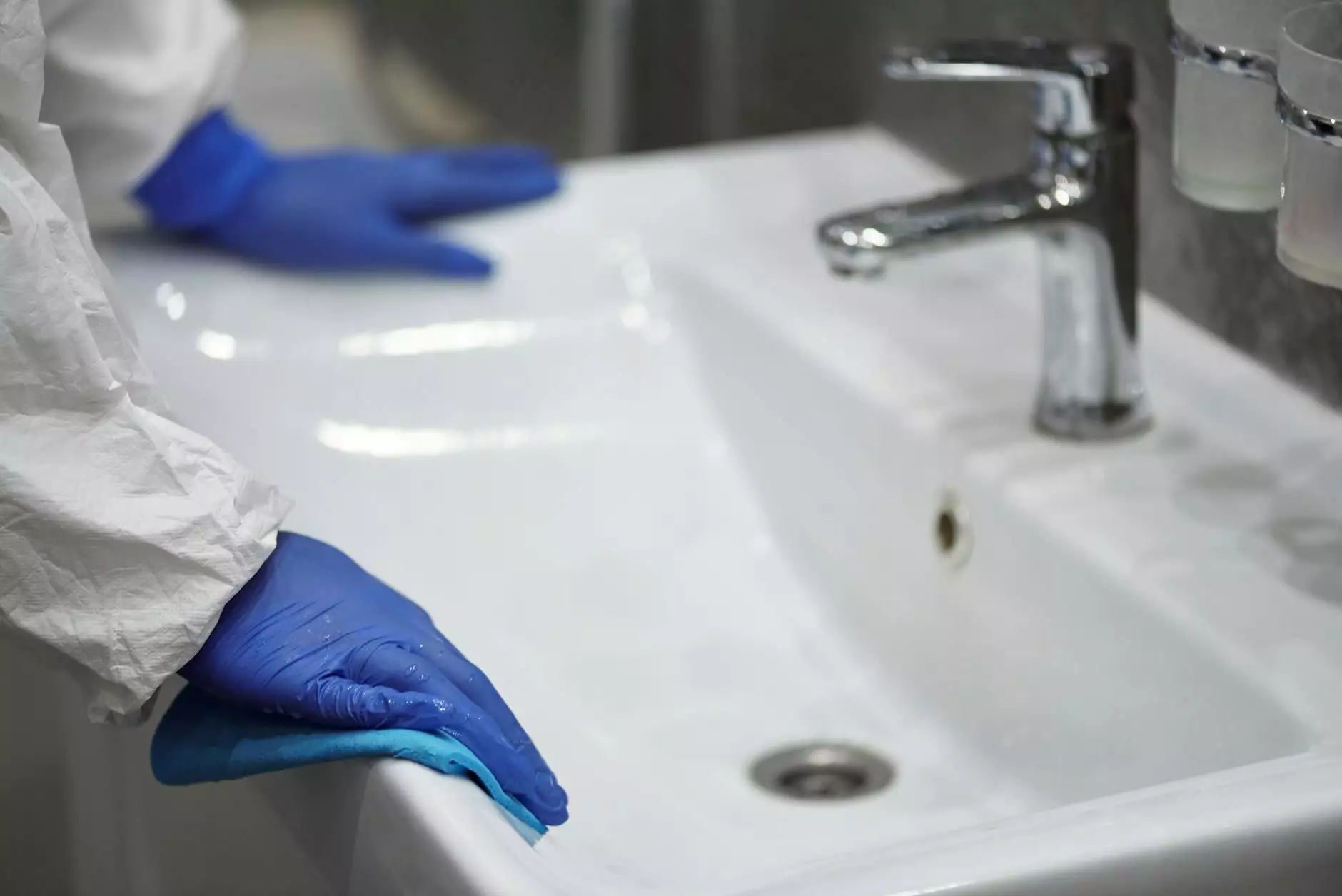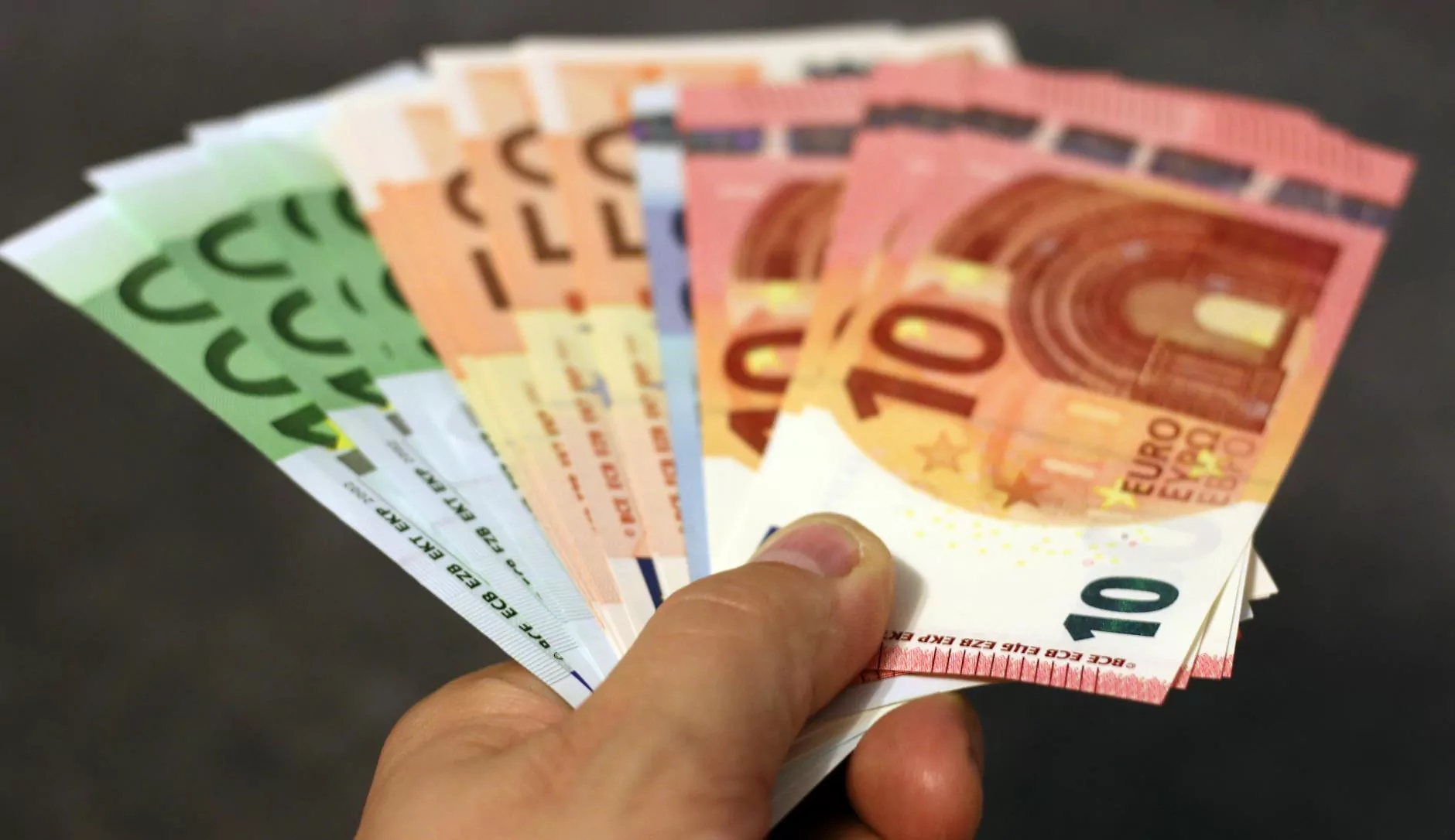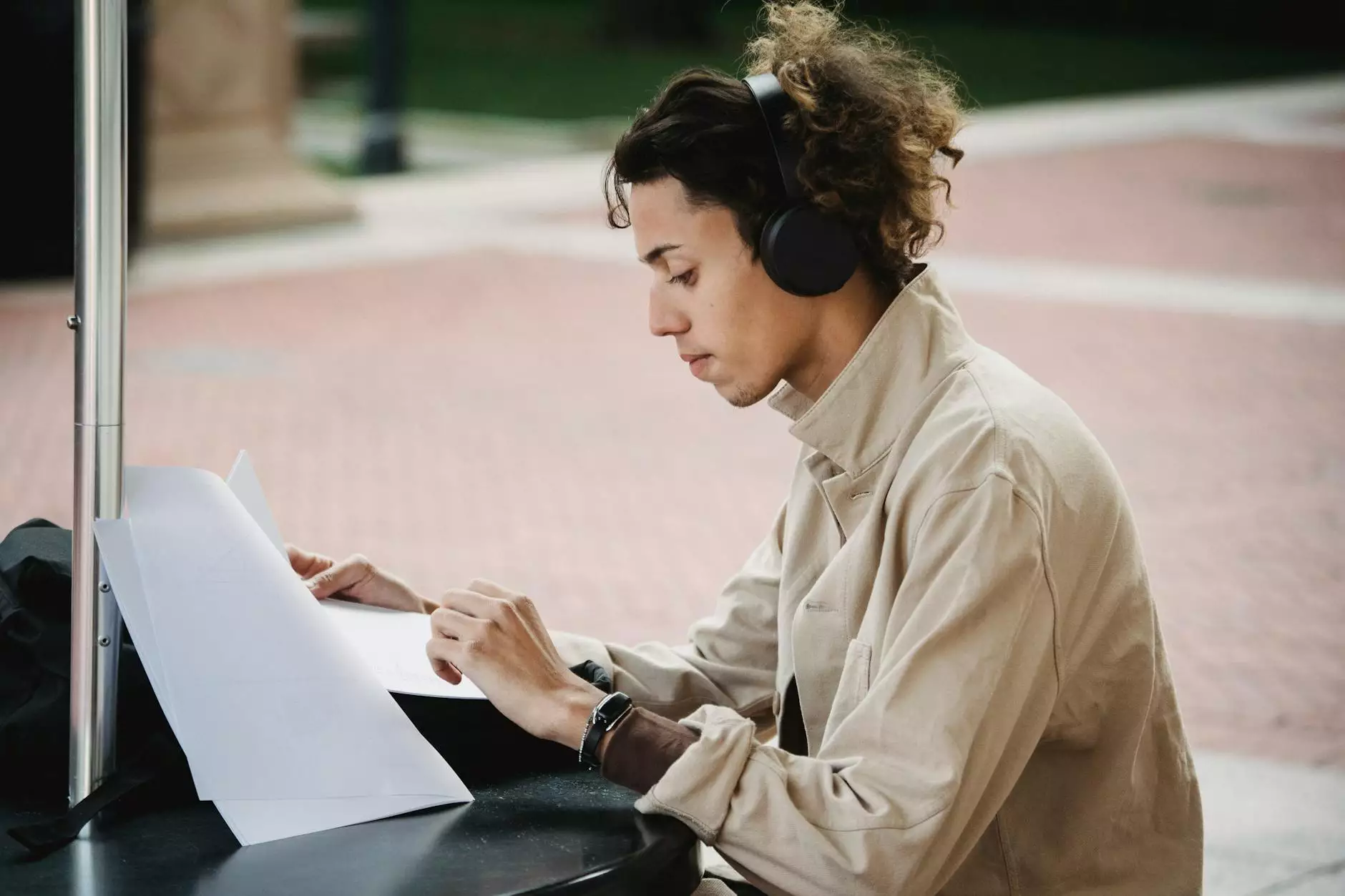Understanding Blisters on Feet from Running
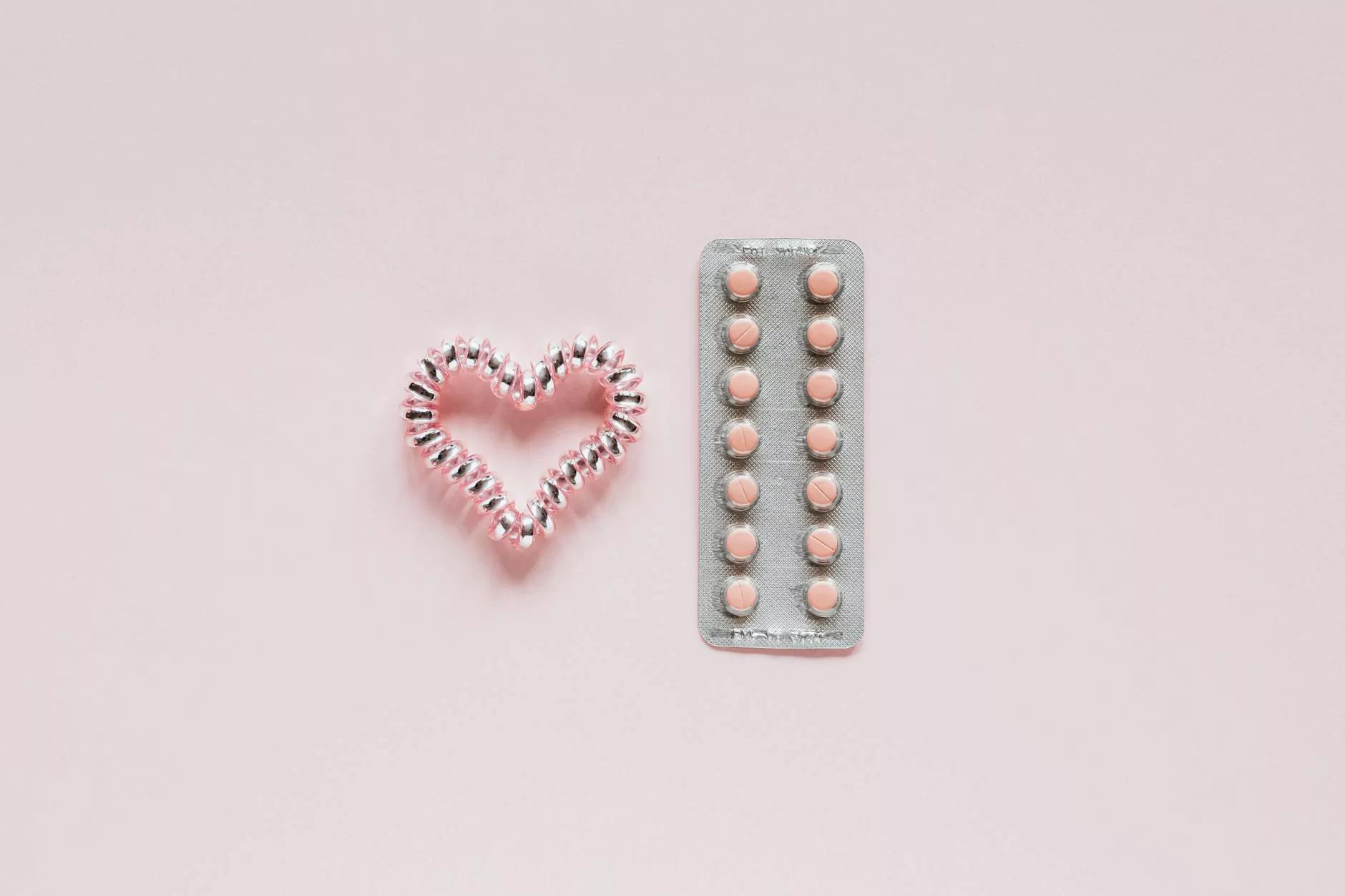
As a runner, you may have encountered the painful discomfort of a blister on your foot from running. Whether you're a casual jogger or a seasoned marathoner, blisters can become a formidable adversary in your quest for fitness. This guide will arm you with the knowledge you need to understand, prevent, and treat blisters effectively so that you can keep enjoying your runs without interruption.
What Is a Blister?
A blister is a small pocket filled with fluid that forms between the upper layers of your skin, typically as a result of friction. When you run, the repetitive motion of your foot against your shoe can create friction, leading to irritation and, eventually, the development of a blister. These painful swellings can vary in size and can be filled with serous fluid, blood, or sometimes pus if infected.
How Blisters Develop During Running
Several factors contribute to the formation of a blister on foot from running. Understanding these can help you mitigate the risk of developing blisters during your exercise routine:
- Friction: Continuous movement creates heat and pressure resulting in skin damage.
- Moisture: Sweat can weaken skin, making it more susceptible to blisters.
- Poorly Fitting Shoes: Shoes that are too tight or too loose can cause excess movement of the foot, increasing friction.
- Inadequate Socks: Socks that trap moisture or lack cushioning can exacerbate friction.
Identifying the Symptoms of Blisters
The most common symptoms of a blister include:
- Localized Pain: A burning or stinging sensation at the affected site.
- Swelling: The area appears raised compared to the surrounding skin.
- Fluid-Filled Sac: A blister may clearly be visible, often appearing shiny due to the fluid underneath.
- Redness: Inflamed skin surrounding the blister.
Preventing Blisters While Running
Prevention is always better than cure, especially with blisters. Here are effective strategies to keep your feet blister-free:
1. Choose the Right Footwear
Your shoes should fit properly - this means adequate room for your toes and a snug fit to prevent movement. Consider visiting a specialty running store to get fitted for the right pair.
2. Opt for Quality Socks
Invest in moisture-wicking socks specifically designed for running. They should provide cushioning and keep your feet dry.
3. Use Blister Prevention Products
Applying blister prevention tape or lubricants can reduce friction on your skin while running. Popular products include:
- Hydrocolloid bandages: Seal and protect the skin.
- Petroleum jelly: Reduces friction when applied to susceptible areas.
4. Gradual Increase in Mileage
Allow your feet to adapt to increased distances. Gradually build up your mileage over weeks to minimize the risk of blisters.
How to Treat Blisters on Feet from Running
Sometimes, despite your best efforts, blisters may still occur during your running journey. Here’s how to treat them properly:
1. If the Blister Is Intact
Keep the blister intact to protect it from infection. Do not puncture it! Instead, cover it with a sterile bandage or blister pad. This creates a barrier against further friction and allows healing to take place naturally.
2. If the Blister Has Popped
In cases where a blister has exploded, it’s essential to take precautionary measures:
- Clean the Area: Use mild soap and water to clean the area gently.
- Apply an Antibiotic Ointment: To help prevent infection.
- Cover with a Bandage: Protect the area with a clean, sterile dressing.
3. When to Seek Medical Help
If you notice signs of infection, such as increased redness, pus, or a fever, consult a medical professional immediately. Persistent blisters that do not heal properly should also be checked by a doctor or podiatrist from professionals like The Foot Practice.
Blisters and Running Technique
Examining your running technique can also be beneficial in reducing the risk of blisters. Here are some tips to improve your form:
- Proper Foot Strike: Aim for a mid-foot strike rather than striking with your heel to reduce excessive force on your feet.
- Maintain a Steady Pace: Avoid sprinting suddenly; instead, gradually increase your speed to reduce the risk of blisters.
- Engage Your Core: A strong core supports your body during runs and can prevent unnecessary movements that cause friction.
The Importance of Foot Care for Runners
Beyond just managing blisters, foot care should be central to any runner’s routine. Regularly inspecting your feet for abnormalities can help catch issues early. Here’s what you can do:
- Daily Inspection: Look for any cuts, blisters, or unusual skin changes.
- Foot Hygiene: Wash and dry your feet thoroughly. Ensure to dry between toes to reduce the risk of fungal infections.
- Moisturize: Keeping your skin hydrated can help maintain skin elasticity and reduce the likelihood of cracking, which can lead to blisters.
Conclusion: Embrace Your Running Journey
Experiencing a blister on foot from running doesn’t have to derail your fitness goals. With the right knowledge, gear, and practices, you can prevent, treat, and manage blisters effectively. Remember that seeking advice from professionals, such as those at The Foot Practice, can provide you with tailored solutions to ensure you continue your running journey pain-free. Lace-up your shoes, hit the pavement, and run with confidence knowing you’re equipped to handle any blister challenges that come your way.


